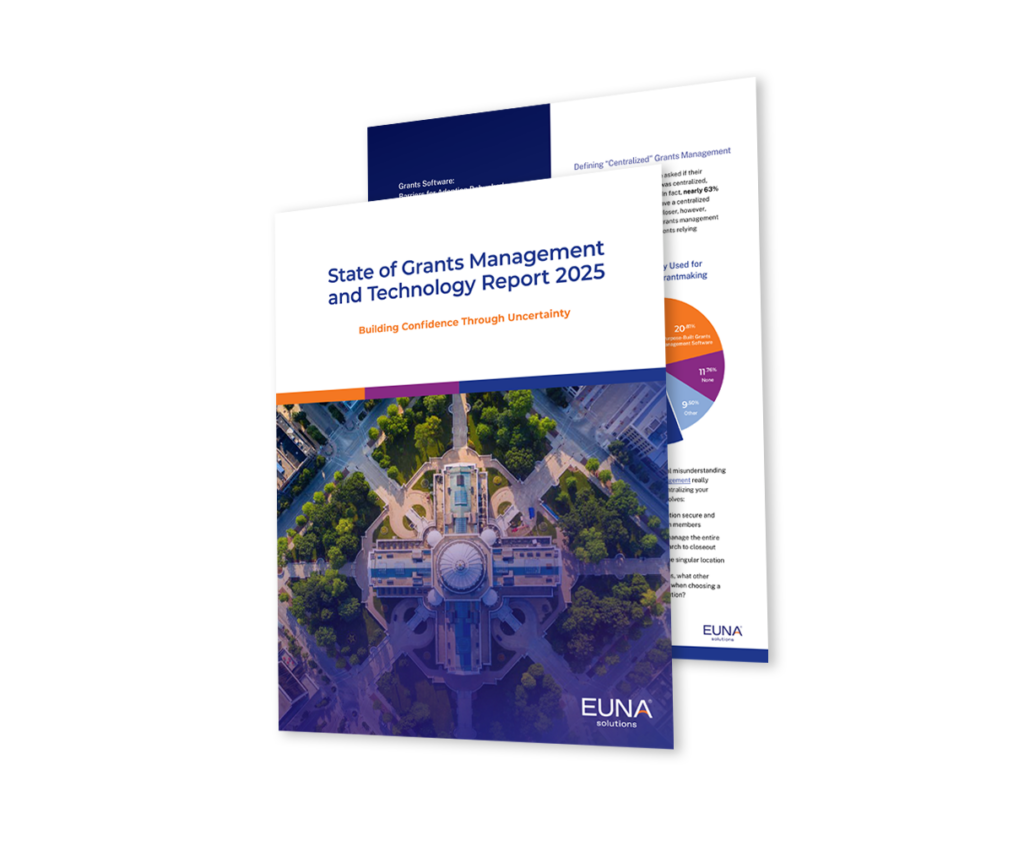Key performance indicators, or KPIs, are an effective model for multiple performance strategies. The ability to distill numerous complex systems of data into easily processed numbers is a boon for organizations that want to improve their effectiveness. There are multiple KPIs an organization can use, and you can see just how many different kinds exist by looking at something like a hospital KPI dashboard. Because healthcare organizations do not run the same way as a business, there are various factors to consider. Here is a look at three important key performance indicators for finance departments in healthcare.
Questica will not only help you learn about key performance indicators for finance departments in healthcare, but we can also share our knowledge about other kinds of KPIs. Questica is an expert on many other important financial issues. Since 1998, Questica has worked to make finances easier and better for healthcare customers. We manage over $63 billion in annual budgets, and we want to help you. Browse our website for more information.
Three key performance indicators for finance departments in healthcare that are extremely important
Average insurance claim processing time and cost
This KPI showcases the average amount of time and money spent processing various insurance claims. With insurance being as prominent as it is for U.S. healthcare, processing the claims can take an exorbitant amount of time, resources and increase costs. This KPI is a great asset for organizations looking to help patients save money. Ideally, hospitals or healthcare facilities should strive for a lower number, as that means the claims are processed quickly and the patient has to pay less.
Claims denial rate
The claims denial rate KPI provides insight into the effectiveness of the organization’s revenue cycle. Nobody wants to see their health insurance claims denied, including healthcare organizations who have to spend a great deal of time and money working through stacks of paperwork. Through this KPI, organizations can work towards achieving a lower number, which means there is more time to focus on the patient and improving healthcare.
Average treatment charge
Finally, there is the average treatment charge. This KPI shows the average amount that a facility charges a patient for treatment. This is a great KPI for measuring how effective and efficient your organization’s treatments are. You could, for example, compare the costs of delivering a baby at your hospital to the average costs throughout your state. If your expenses are noticeably higher, check to see if there are areas of unnecessary spending. The average treatment charge KPI can break down fees by treatment or show an average of all your organization’s different procedures, leading to even better decision making.
Questica helps you with all your budgeting concerns
No matter the size of your healthcare organization, Questica software solutions can help you achieve your goals. Questica software helps your organization track its performance through KPIs or other measures you require. We provide a host of features so that achieving your goals is easier than ever before. We know your organization cares about the health of its patients, and with our software, now you can showcase that care through effective results. To learn more about Questica and how our software can help you, download a whitepaper or take a product tour.

